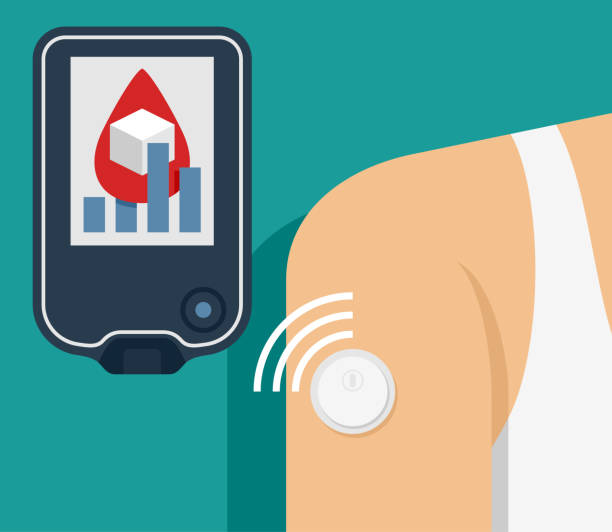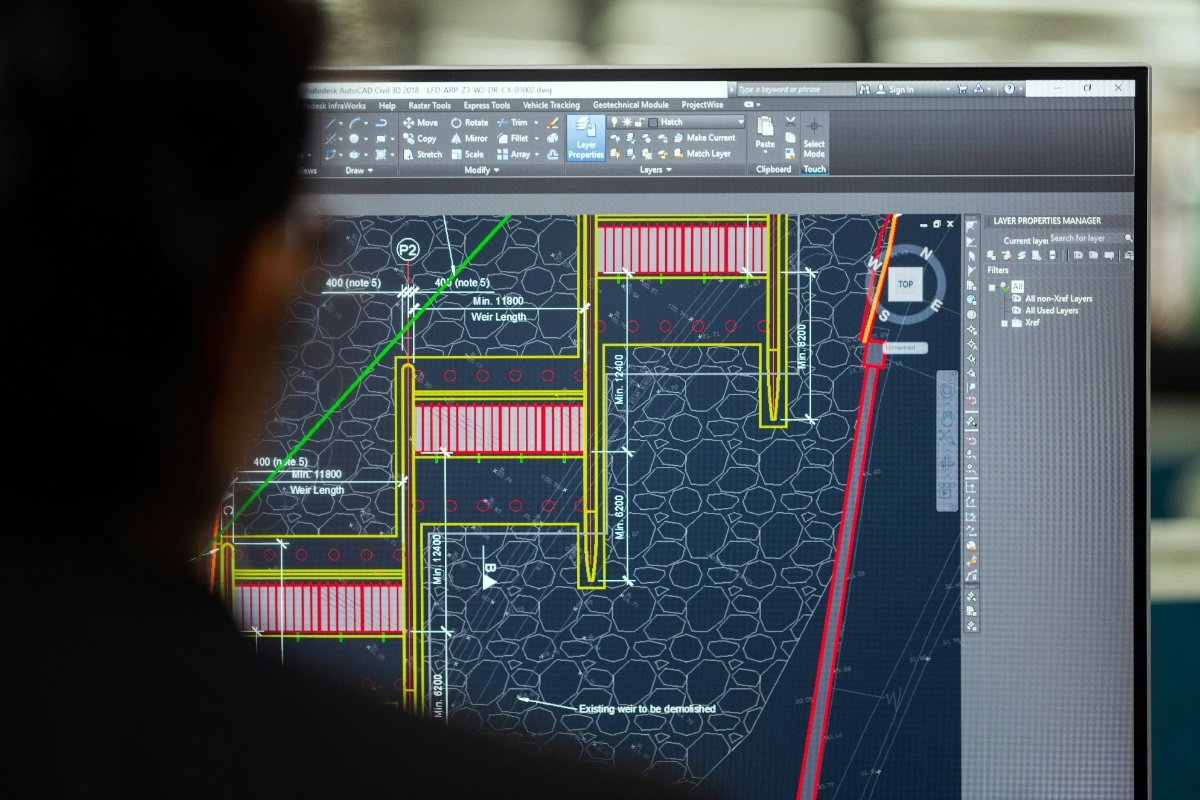
In today’s fast-paced digital world, wearable tech for real-time health monitoring is transforming how people track their well-being. From smartwatches to biosensors, the future of health is personal, portable, and proactive.
Wearable health technology refers to devices worn on the body that track and collect health data. These tools can measure heart rate, oxygen levels, and more, transmitting insights instantly. They’re discreet yet powerful.
Unlike traditional tools, wearable devices continuously gather information. This allows users to track patterns and detect irregularities quickly. These real-time updates offer an edge in preventive health care and chronic condition management.
People of all ages are embracing these tools. Whether managing diabetes or monitoring workouts, wearables serve a wide range of personal health goals. They combine accessibility, mobility, and ease of use.
Companies have invested heavily in innovation. The result is a booming market filled with reliable, consumer-friendly devices that are helping users stay informed and in control.
The biggest advantage of wearables is the ability to get real-time updates. This means individuals can make health decisions based on current data, not outdated or sporadic checkups.
People with heart conditions can be alerted to irregular rhythms. Diabetics can track glucose levels continuously. These features help avoid emergencies by catching problems early.
Real-time data motivates users to adjust lifestyle choices. Sleep, hydration, steps, and calories are constantly tracked, providing feedback to reinforce healthy habits and correct poor behaviors.
Another benefit is peace of mind. Wearable tech empowers users with constant awareness of their bodies. Knowing vital signs are being monitored can reduce anxiety, especially for those with ongoing health concerns.
Wearable health tech includes smartwatches, fitness trackers, biosensors, and smart clothing. Each has its own strengths, depending on what the user wants to track or improve.
Smartwatches like the Apple Watch and Fitbit offer ECG features, blood oxygen tracking, and workout detection. They’re popular due to their stylish design and smartphone integration.
Fitness bands are often simpler and focus on steps, heart rate, and sleep quality. Their lightweight form makes them ideal for everyday use without drawing much attention.
Specialized devices like glucose monitors or wearable ECG patches are designed for medical-grade tracking. They often provide data directly to health professionals in real-time.
Heart rate tracking is a standard feature in most wearable health devices. It helps users monitor resting and active heart rates to assess cardiovascular health and workout intensity.
Advanced models include electrocardiogram (ECG) sensors. These allow people to check for arrhythmias or signs of atrial fibrillation. This early warning system can potentially prevent strokes or cardiac events.
Some devices alert users when heart rate exceeds or drops below normal ranges. This real-time monitoring is essential for individuals recovering from surgeries or managing conditions like hypertension.
By analyzing trends over time, users and doctors can adjust medications or exercise routines. This leads to better long-term health outcomes and more personalized care.
Sleep tracking wearables offer insights into how long and how well users sleep. They measure different sleep stages including light, deep, and REM cycles to analyze patterns.
Tracking helps users identify what habits negatively affect rest. Poor sleep can lead to fatigue, low productivity, and weakened immunity. Wearables give suggestions to improve rest quality.
Many devices feature silent alarms that wake users during light sleep stages. This minimizes grogginess and helps people feel more refreshed in the morning, improving energy levels throughout the day.
Data collected can also detect possible issues like sleep apnea. Users may then consult specialists for diagnosis and treatment, potentially improving health outcomes significantly.
Fitness tracking has long been a driving force behind wearable tech. Step counts, calories burned, and distance covered encourage people to move more and sit less throughout the day.
Many devices reward consistent activity with badges or streaks. This gamification increases motivation and encourages users to set and achieve daily fitness goals, boosting overall physical wellness.
Heart rate zones help tailor workouts to burn fat or improve endurance. Athletes use wearables to fine-tune performance and avoid overtraining, optimizing results safely.
These tools make fitness more accessible for everyone. Whether walking the dog or training for a marathon, wearables provide insights to ensure every movement counts.
Pulse oximeters built into wearables measure blood oxygen levels. This is useful during high-altitude activities, sleep tracking, or managing respiratory conditions like asthma and COPD.
Real-time alerts warn users if oxygen levels drop too low. This is particularly helpful for individuals recovering from respiratory infections or dealing with long-term lung conditions.
Monitoring breathing patterns supports better understanding of health trends. These insights can be shared with doctors for better treatment plans and improved symptom tracking.
Respiratory monitoring adds another layer of care. In combination with other metrics, it provides a fuller picture of how well the body is functioning.
Some of the most revolutionary advancements in wearable health tech involve continuous glucose monitoring (CGM). These devices help diabetics track blood sugar levels without finger pricks.
CGM wearables provide real-time graphs, trend alerts, and insulin suggestions. They make it easier for users to avoid dangerous highs or lows and maintain healthier glucose levels.
Paired with smartphone apps, these devices log meals, activity, and insulin doses. This allows users to see how lifestyle choices affect their condition instantly and make smarter decisions.
Healthcare providers benefit from shared data too. Doctors can monitor patient trends remotely and adjust treatment plans between visits, leading to improved outcomes.
Smart water bottles and sensors now help users stay hydrated. Dehydration affects concentration, energy, and digestion, making hydration tracking a valuable addition to wearables.
Body temperature sensors detect subtle changes that may indicate fever, infection, or even ovulation. This helps people take proactive steps before symptoms become severe.
Some wearables combine multiple sensors. They can track both internal body heat and external environmental temperatures, helping athletes train safely in hot or cold conditions.
Together, these tools offer users a comprehensive understanding of their hydration and temperature-related health, helping them avoid illness or fatigue.
Mental health is just as vital as physical health. Many wearables now include features to detect stress levels through heart rate variability and skin conductance.
Breathing exercises, guided meditations, and mindfulness prompts are integrated into the devices. These tools help users manage anxiety and maintain emotional balance during daily routines.
Daily mood tracking features let users reflect on mental states and identify triggers. This is especially helpful for those managing chronic stress, burnout, or depression.
Consistent use encourages healthier mental habits. Over time, users become more aware of emotional patterns and how they relate to physical activity or sleep quality.
While wearables provide many benefits, they also raise questions about data privacy. Personal health information must be protected from unauthorized access and misuse.
Most manufacturers encrypt data and use secure platforms. Still, users should review device permissions and opt for trusted brands with transparent privacy policies and user protections.
Medical professionals warn against sharing sensitive health data on social media or unregulated apps. Always use official health apps recommended by your device manufacturer.
Understanding where your data goes, who can access it, and how it’s stored ensures your information remains safe while still benefiting from powerful health insights.
The future of wearable health tech includes smarter AI, better battery life, and non-invasive diagnostics. Wearables will soon detect more conditions with less user effort and greater accuracy.
Integration with telemedicine and remote patient monitoring will grow. This means wearables won’t just inform users, but also support ongoing doctor-patient relationships and treatment.
Advancements may also include implantable devices and smart clothing. These innovations could track internal changes continuously without external devices or frequent maintenance.
As wearable tech becomes more advanced and accessible, people will enjoy more control over their health. Personalized, real-time care is no longer a dream—it’s already arriving.
I'm a blogger and writer for different websites, where I share engaging content on a variety of topics from lifestyle and culture to travel and trends. Passionate about storytelling and connecting with readers, I aim to inspire, inform, and entertain through every post.









